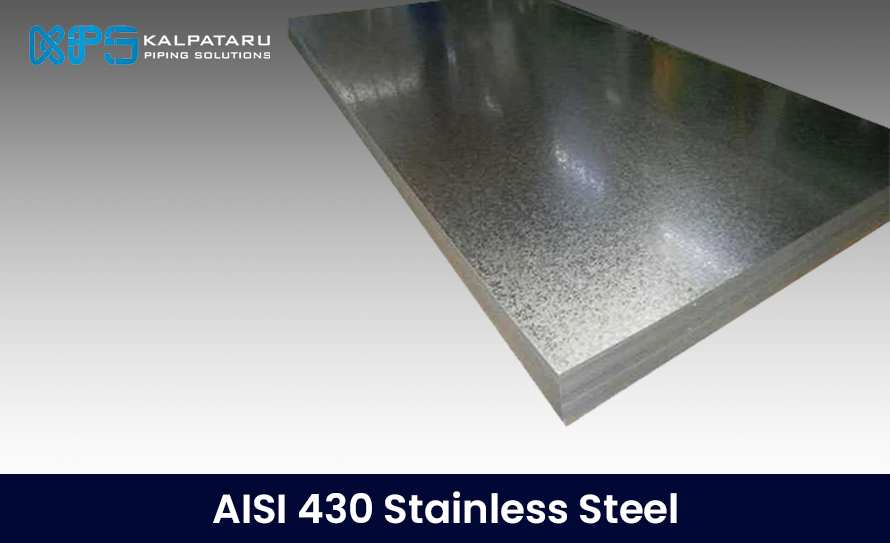Carbon steel is a type of steel where the main elements are iron and carbon. Adding carbon to iron makes it much stronger and harder, making it useful for many industrial applications. Pure iron is too soft and weak on its own, so combining it with carbon gives it the needed strength for various uses.Carbon steel is a steel with carbon content from about 0.05 up to 2.1 percent by weight.
Types of Carbon Steel
Carbon steel is classified into three main types based on its carbon content:
| Type | Carbon Content | Properties | Common Uses |
| Low Carbon Steel | < 0.3% | Known as mild steel, it is soft, has low strength, and high ductility. It is not hardenable by heat treatment but can be strengthened by cold work. | Machining, welding, construction, automotive panels |
| Medium Carbon Steel | 0.3% – 0.6% | Balances ductility and strength. Can be hardened and tempered through heat treatment. Often includes other elements like manganese for enhanced properties. | Railway tracks, gears, structural steel, automotive components |
| High Carbon Steel | > 0.6% | High strength and hardness with lower ductility. Can be heat treated for enhanced hardness and wear resistance. Used where high stress and hardness are needed. | Cutting tools, springs, high-strength wires, industrial equipment |
Low Carbon Steel
Low carbon steel, or mild steel, is the most common type of carbon steel. It has low carbon content and is not suitable for heat treatment. It is soft, has low strength, but is highly ductile and machinable, making it ideal for welding and forming. Low-carbon steel is often alloyed with small amounts of other elements like copper, nickel, vanadium, and molybdenum to improve its properties.
Medium Carbon Steel
Medium carbon steel offers a balance between strength and ductility. It has higher strength than low carbon steel and better ductility than high carbon steel. It can be heat-treated through processes like tempering and quenching to enhance its toughness and hardness without compromising its mechanical properties. Medium carbon steel often includes manganese to further improve its characteristics.
High Carbon Steel
High carbon steel has the highest strength and hardness among the three types of carbon steel. It is less ductile and more challenging to machine than low and medium carbon steels. High carbon steel can be heat-treated to improve its strength, hardness, and wear resistance. It is used in applications requiring high stress and hardness, such as cutting tools and springs.
Different Types of Carbon Steel
- Low Carbon Steel (Mild Steel)
- Medium Carbon Steel
- High Carbon Steel
Properties of Carbon Steel
- Low Carbon Steel: Construction, automotive panels, and general machinery.
- Medium Carbon Steel: Railway tracks, gears, and structural components.
- High Carbon Steel: Cutting tools, springs, and high-stress components.
Applications of Carbon Steel
- Low Carbon Steel: Construction, automotive panels, and general machinery.
- Medium Carbon Steel: Railway tracks, gears, and structural components.
- High Carbon Steel: Cutting tools, springs, and high-stress components.
Conclusion
Understanding the different types of carbon steel and their properties is crucial for selecting the right material for specific applications. Each type of carbon steel—low carbon steel, medium carbon steel, and high carbon steel—has unique properties that make it suitable for various industrial uses. When choosing carbon steel suppliers or carbon steel plate suppliers, it is essential to know the specific requirements of your application to select the most appropriate grade of carbon steel.
FAQs
What are the three types of carbon based steel?
The carbon present in steel is typically reduced so that it fits into three main categories of carbon steel: low (or mild), medium and high carbon steel.
What Is Low Carbon Steel?
Low-carbon steel, also known as mild steel, has a comparatively low ratio of carbon to iron compared to other steel types. Typically, its carbon content ranges from 0.05% to 0.32% by weight. This composition gives low-carbon steel low strength while making it more malleable and ductile compared to high-carbon steel. These properties make low-carbon steel ideal for applications that require shaping and welding, such as automobile body panels, pipes, and structural beams.
What Is High Carbon Steel?
High-carbon steel contains a carbon content ranging between 0.60% to 1.5%. It’s the most corrosion-resistant of the steels due to its high carbon content. This increased carbon significantly enhances the steel’s hardness, tensile strength, and wear resistance, making it ideal for cutting tools and blades.




